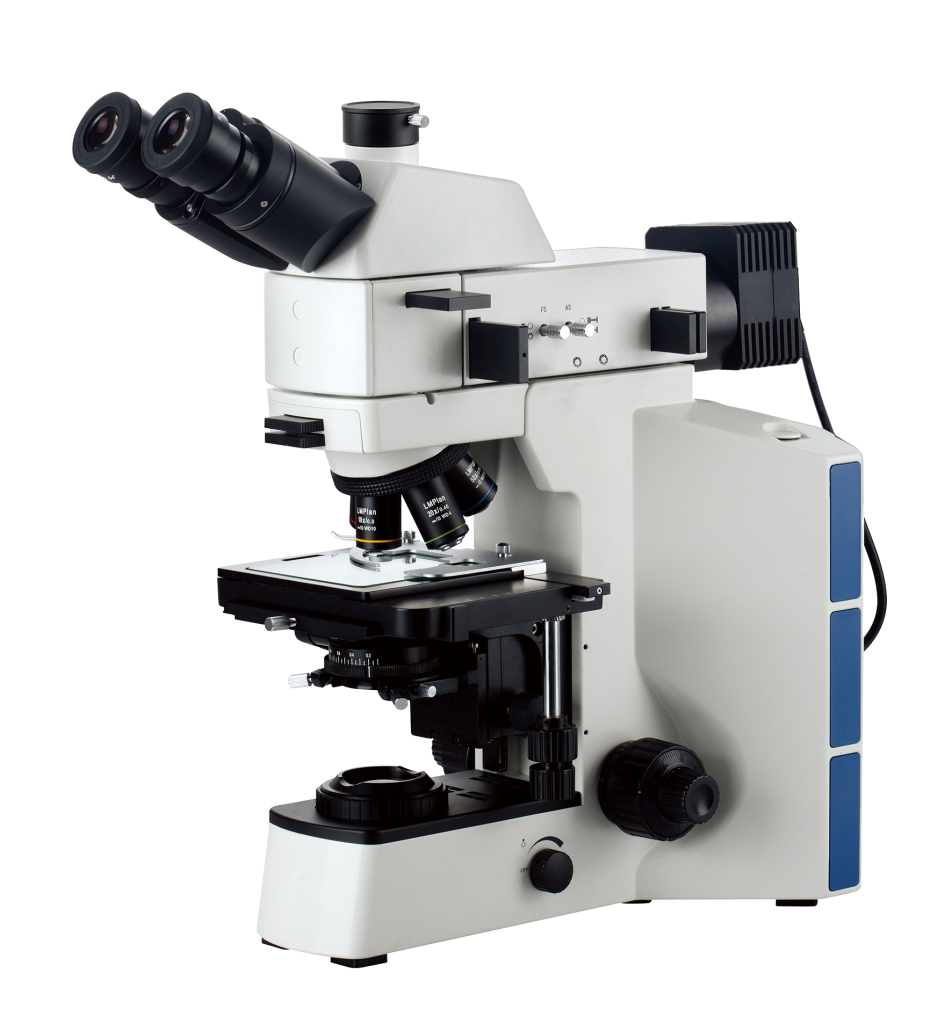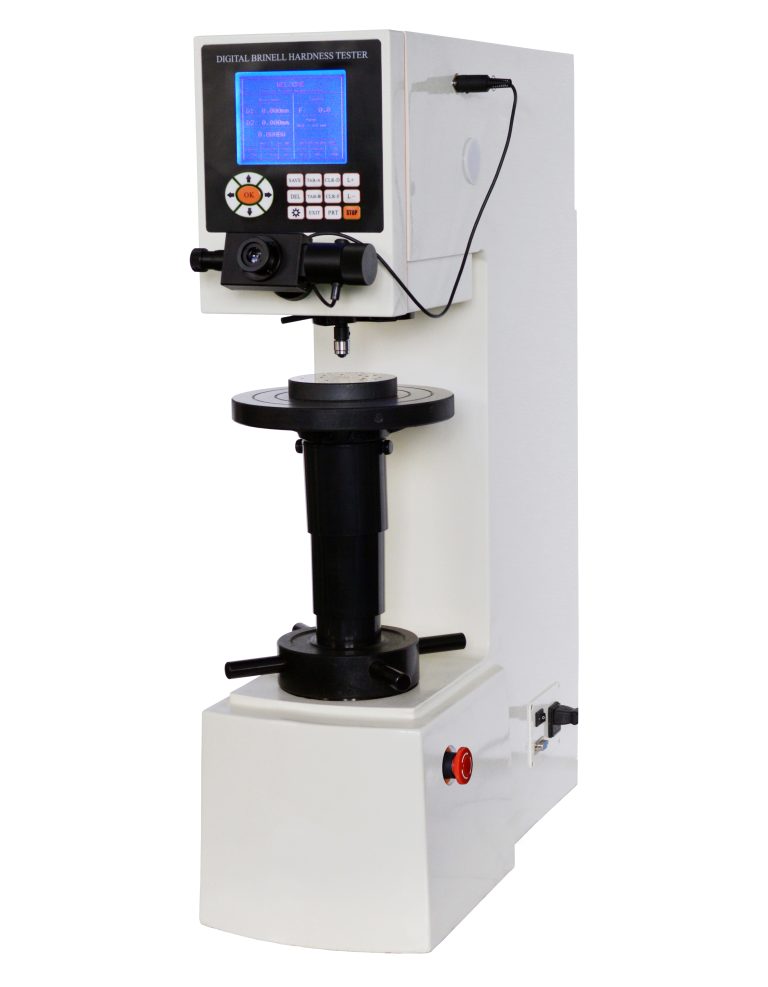コンピュータによる定量的金属組織学的分析は、さまざまな材料を分析および研究し、材料の微細構造とさまざまな特性の間の定量的な関係を確立し、材料構造変換の動力学を研究するための強力なツールとなりつつあります。

コンピュータ画像解析システムを使用すると、特徴オブジェクトの面積パーセンテージ、平均サイズ、平均間隔、アスペクト比などのさまざまなパラメータを簡単に測定できます。これらのパラメータに基づいて、特徴オブジェクトの 3 次元空間形状、量、サイズ、分布を決定することができ、材料の機械的性能との内部関係を確立して、材料のより科学的な評価と合理的な使用のための信頼できるデータを提供できます。材料。
主なテスト項目は次のとおりです。
溶接金属組織検査
- 鋳鉄の金属組織検査
- 熱処理の品質検査
- 各種金属製品・原材料の顕微鏡検査・評価
- 鋳鉄、鋳鋼、非鉄金属、素材の低倍率欠陥検査
- 金属の硬度(HV、HRC、HB、HL)の測定と結晶粒度の等級分け
- 非金属介在物の含有量の測定
- 脱炭・浸炭硬化層の深さの決定等
- 一般的なテスト手順:
ステップ1: サンプルの選択場所とサンプリング方法を決定する
サンプルの特性や加工技術を考慮してサンプリング場所と検査面を選択し、代表的な場所を選択する必要があります。
ステップ2:はめ込み
ステップ3:サンプルの粗粉砕
ステップ4:サンプルの微粉砕
ステップ5:サンプル研磨
ステップ6: サンプルの腐食
研磨されたサンプルの微細構造を顕微鏡で観察するには、金属組織腐食を実行する必要があります。腐食には化学腐食、電食、定電位腐食などさまざまな方法がありますが、最も一般的に使用されるのは化学腐食です。
The purpose of precision grinding is to eliminate deeper scratches left during rough grinding and prepare for polishing. For general material grinding methods, there are two types: manual grinding and mechanical grinding.
Step 5: Sample polishing.
The purpose of polishing is to remove the fine scratches left by polishing and create a shiny and traceless mirror surface. It is generally divided into three types: mechanical polishing, chemical polishing, and electrolytic polishing, with the most commonly used being mechanical polishing.
Step 6: Corrosion of the sample.
To observe the microstructure of polished samples under a microscope, metallographic corrosion must be performed. There are many methods of corrosion, including chemical corrosion, electrolytic corrosion, and constant potential corrosion, with chemical corrosion being the most commonly used.







